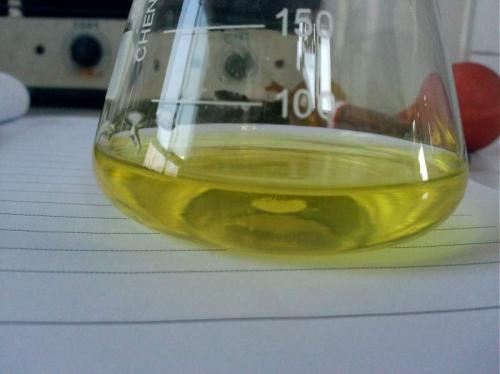Analyze the oxidation equilibrium of HCl GAS
Based on the calculation and analysis of the oxidation equilibrium of hydrogen chloride gas, the reaction-dehydration coupling technology was applied in the oxidation process of hydrogen chloride gas, and the simulation technology of reaction-dehydration coupling was studied.
The results show that in the continuous oxidation process of hydrogen chloride gas, increasing the dehydration process can effectively improve the reaction conversion of hydrogen chloride gas. Oxygen was investigated without excessive multi-step dehydration cycle, the results show that improving the secondary oxidation reaction temperature can obviously raise the transformation rate of hydrogen chloride gas in HCl/O2 under the condition of molar ratio of 8:1 through multi-step dehydration reaction, hydrogen chloride gas total conversion rate can reach 49.3%, the volume of oxygen content in the reaction mixture is less than 0.2%. The mixture can be used directly in organochlorination process.
HCL
1. It is used in dyeing industry (acid), pickling after cotton bleaching, neutralization of residual alkali after cotton mercerizing. In the printing and dyeing process, some dyes are insoluble in water and need to be treated.
2. For metalworking (acid), for example, steel parts before plating treatment, first with caustic soda solution to remove oil, and then with hydrochloric acid soak; Before metal is welded, a little salt is applied to the joint.
3, used in the food industry (catalytic), for example, when making chemical soy sauce, the cooked bean cake and other raw materials are soaked in a solution with a certain amount of hydrochloric acid, Bai Di Temple a certain temperature. Hydrochloric acid has a catalytic effect, can promote the complex protein hydrolysis, after a certain period of time, will produce with umami, and then with caustic sodium (or with) neutralization, sodium. The principle of making MSG is similar.
4. Hydrochloric acid is a strong acid that reacts with certain metals, metal oxides, metal hydroxides, and most metal salts (such as carbonate and sulfite).





 Facebook
Facebook YouTube
YouTube LinkedIn
LinkedIn Twitter
Twitter